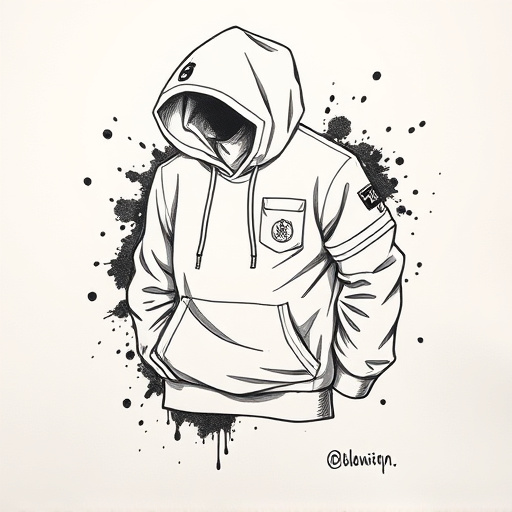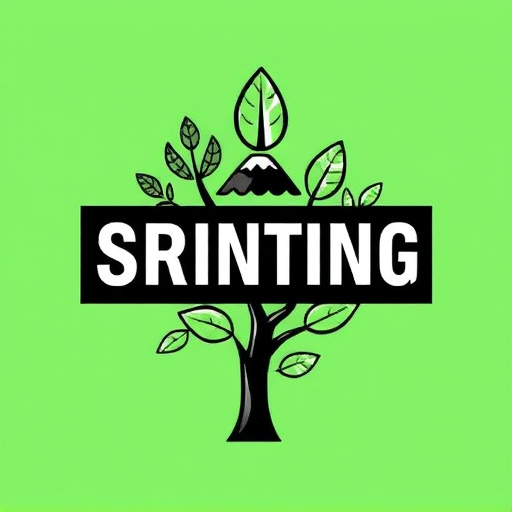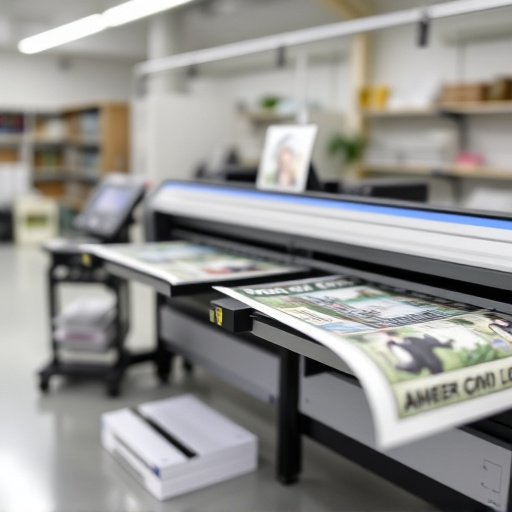The Digital Transformation of Direct-to-Garment (DTF) printing has fueled industry growth by streamlining production, enabling rapid personalization, and reducing costs compared to traditional methods. Technological advancements like custom heat press sheets, Direct to Film (DTF) techniques, cloud-based platforms, and advanced printing technologies have democratized customization for small businesses and individual entrepreneurs. The DTF Industry Growth is driven by digital trends in textile manufacturing and design, with a surge in demand for custom DTF transfers due to the popularity of unique, limited-edition items facilitated by e-commerce platforms. This digital revolution promises enhanced speed, cost-effectiveness, and boundless creative opportunities.
Technology is rapidly accelerating the growth of the DTF industry, unlocking new possibilities and transforming traditional business models. This article explores how digital transformation, driven by key technological trends, is reshaping demand and shaping the future of work within the DTF sector. From efficiency boosters like automation and data analytics to market expansion through digital platforms and e-commerce integration, technology empowers businesses to thrive globally. Discover how these innovations drive rapid growth and foster a dynamic, interconnected industry landscape.
- The Digital Transformation of DTF: Unlocking New Possibilities
- – Exploring the impact of technology on demand and the future of work
- – Key trends shaping the DTF industry's digital evolution
The Digital Transformation of DTF: Unlocking New Possibilities
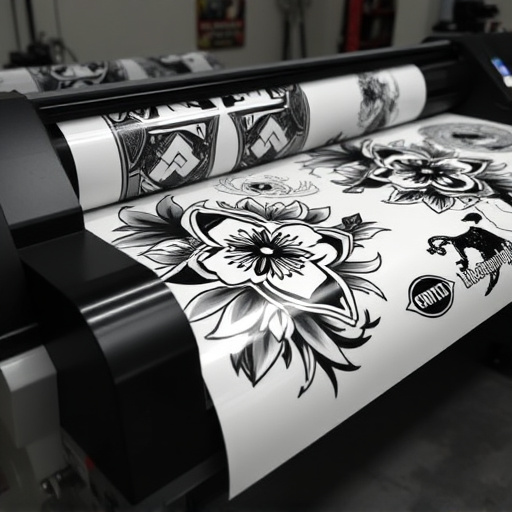
The Digital Transformation of DTF (Direct-to-Garment) is unlocking a world of new possibilities for the industry’s rapid growth. With technological advancements, this process has evolved from manual labor to an efficient, digital-driven system that caters to diverse market demands. One significant catalyst is the integration of custom sheets for heat pressing designs onto garments, allowing businesses to offer personalized hoodies and Custom graphic tees like never before.
This digital revolution has streamlined production, making DTF an attractive option for both small enterprises and large brands. The ability to directly print on film and then transfer the design onto various fabrics enables quick turnaround times and facilitates rapid changes in design trends. As a result, businesses can keep up with consumer demands, ensuring that the DTF Industry Growth remains robust and dynamic.
– Exploring the impact of technology on demand and the future of work

The integration of technology has had a profound impact on shaping the future of work and demand in various industries, including the Direct to Film (DTF) sector. With rapid advancements, the DTF Industry Growth has experienced unprecedented acceleration, particularly in the apparel industry. Personalized hoodies, for instance, can now be designed and produced directly from digital files using DTF for Apparel techniques, eliminating traditional printing methods. This innovation allows businesses to offer customers a unique, on-demand experience, where they can create custom designs with intricate details at a fraction of the time and cost.
The digital transformation has streamlined the entire process, from concept creation to final product delivery. Designers and artists can now collaborate seamlessly using cloud-based platforms, enabling real-time feedback and adjustments. Moreover, advanced printing technologies like DTF transfer ensure high-quality results, bringing digital visions to life on various fabrics. This level of accessibility and efficiency has democratized customization, allowing both small businesses and individual entrepreneurs to compete in the market and cater to diverse consumer preferences.
– Key trends shaping the DTF industry's digital evolution
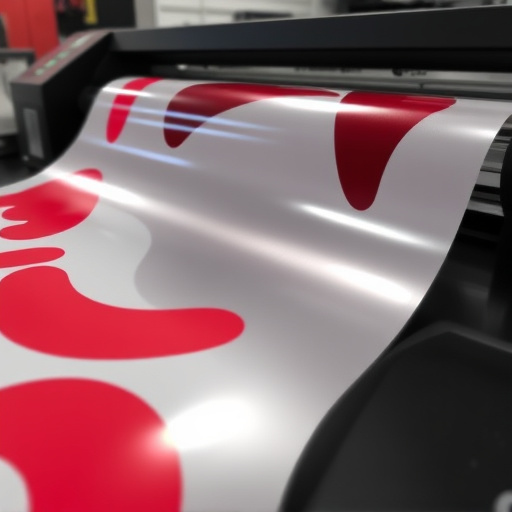
The DTF Industry Growth is being propelled by a myriad of digital trends transforming the landscape of textile manufacturing and design. One of the key drivers is the rise of DTF printing for light fabrics, which has revolutionized the way custom designs are brought to life. This technology enables efficient and precise transfer of intricate patterns onto a variety of materials, democratizing access to personalized textiles.
Additionally, the demand for custom DTf transfers has skyrocketed, fueled by the trend towards unique, limited-edition clothing and accessories. E-commerce platforms have further accelerated this shift, making it easier than ever for designers and small businesses to connect directly with consumers. The digital revolution in the DTF industry promises not only enhanced speed and cost-effectiveness but also opens doors to endless creative possibilities, shaping a future where design and production merge seamlessly in the virtual realm.
The rapid integration of technology has undeniably been the catalyst for the DTF Industry’s exponential growth. By leveraging digital tools and innovations, the demand for on-demand services is being met more efficiently, catering to the evolving needs of modern consumers. As we navigate this transformative period, it’s evident that technology will continue to play a pivotal role in shaping the future of work within the DTF industry, creating new opportunities and setting the stage for even greater growth ahead.









